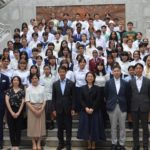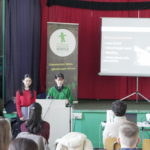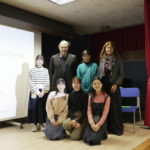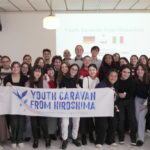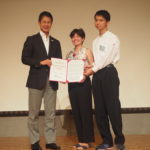JTB’s New Endeavor — School Trips for Considering Peace as a Personal Matter
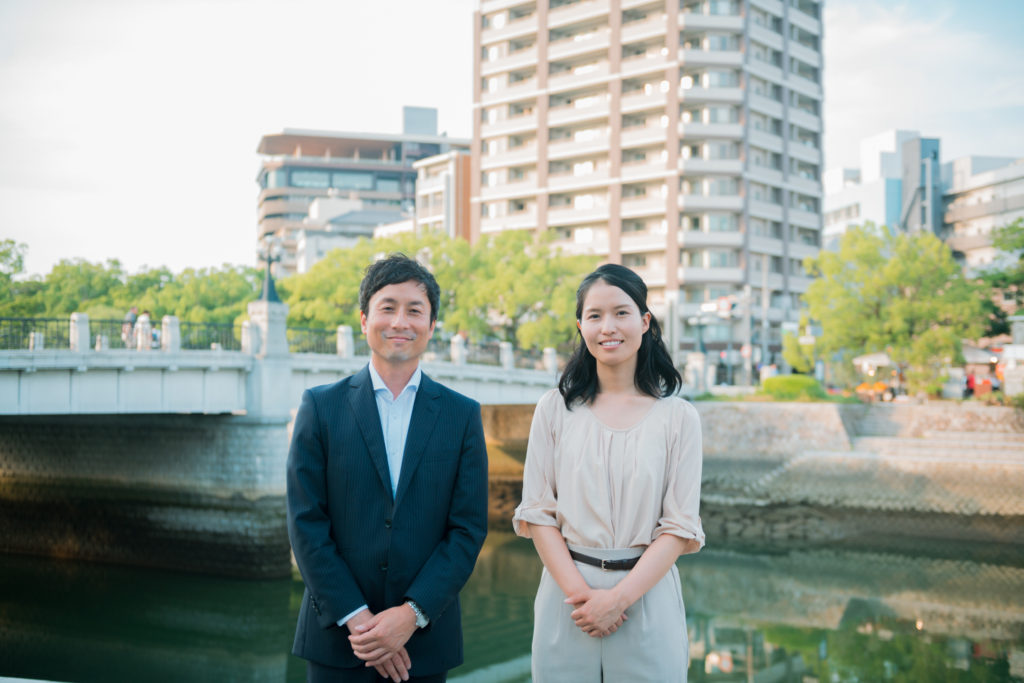
Minami Tomonori from JTB’s Hiroshima branch has organized school trips for children for over 20 years. Peace studies are a standard part of Japanese school trips. However, Minami finds the traditional approach to be insufficient. “School trips provide great learning opportunities for children. But unfortunately, the only experience that lingers for many children is that they’ve been to the Peace Memorial Park.” With this thought in mind, four years ago, he recruited volunteers from the same department and launched a project to organize school trips with a different approach from conventional peace studies.
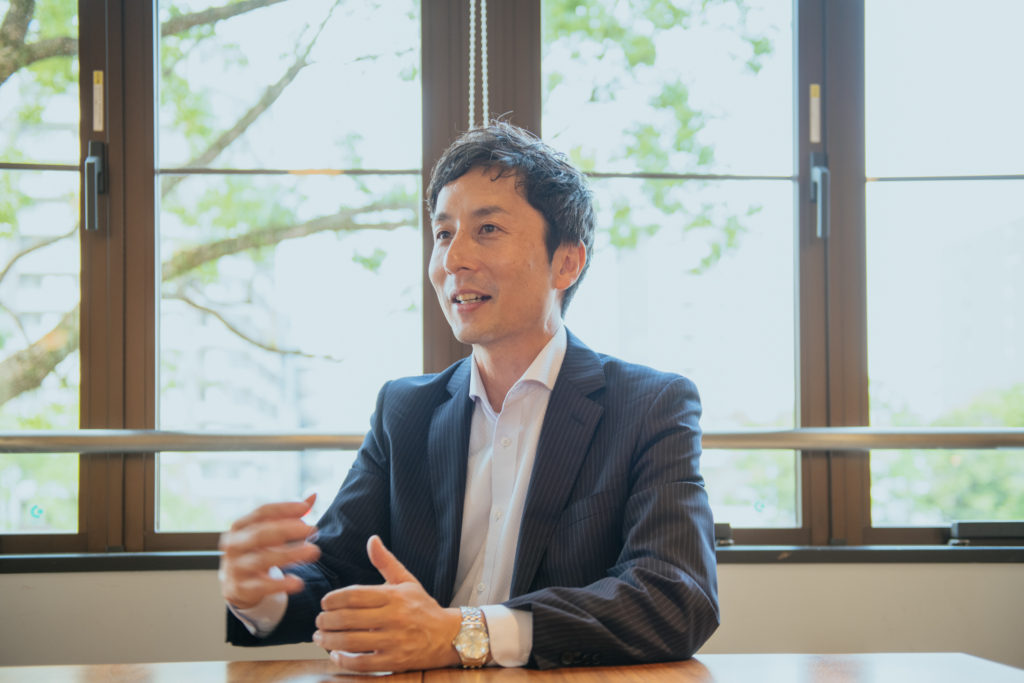
The interviewee, Minami Tomonori, from the JTB Hiroshima Branch
According to Minami, peace studies until now have had a strong focus on the historical component. “It is important to learn about the atomic bombing as a historical fact from 78 years ago, but that alone makes it a story from the distant past, making it difficult to think about it as one’s own personal matter.” Minami wanted to emphasize the importance of having the children feel the lessons themselves for them to consider peace as a personal matter. As Minami wondered how to achieve this, he came across Peace Culture Village (PCV), a non-profit organization spreading peace culture from Hiroshima to the world.
“PCV’s activities aligned with what we wanted to do with school trips, so we decided to work together to change them. I then became a member of PCV while working for JTB and created a new school trip program.”
Unlike the conventional approach, JTB and PCV’s jointly planned and managed peace program emphasizes “dialogue” with children. In this program, university students and working adults serve as “Peace Buddies” to support the students. Every group of nine students has a Peace Buddy to guide them around the Peace Memorial Park and facilitate group discussions. “The energy of the young Peace Buddies is truly amazing. Every person has their own thoughts and stories about peace. Because of this, although we prepare a certain amount of content and flow of what to discuss, we let the Peace Buddies take their own approach in conveying peace,” says PCV’s Yamaguchi Haruki, who works with Minami on the school trip program.

Yamaguchi Haruki, General Director of Peace Co-operative Education Project, NPO Peace Culture Village (PCV)
Respecting the Peace Buddy’s own way of conveying peace instead of taking a uniform approach allows students to think of the lessons as something that connects to the present rather than events that merely happened in the past. “The Peace Buddies also talked about their own experiences, then followed up with the question, ‘What do you treasure the most right now?’ Perhaps because the students were close to their Peace Buddy’s age, they opened up and started talking about themselves. The school teachers were surprised at the sight,” says Minami.
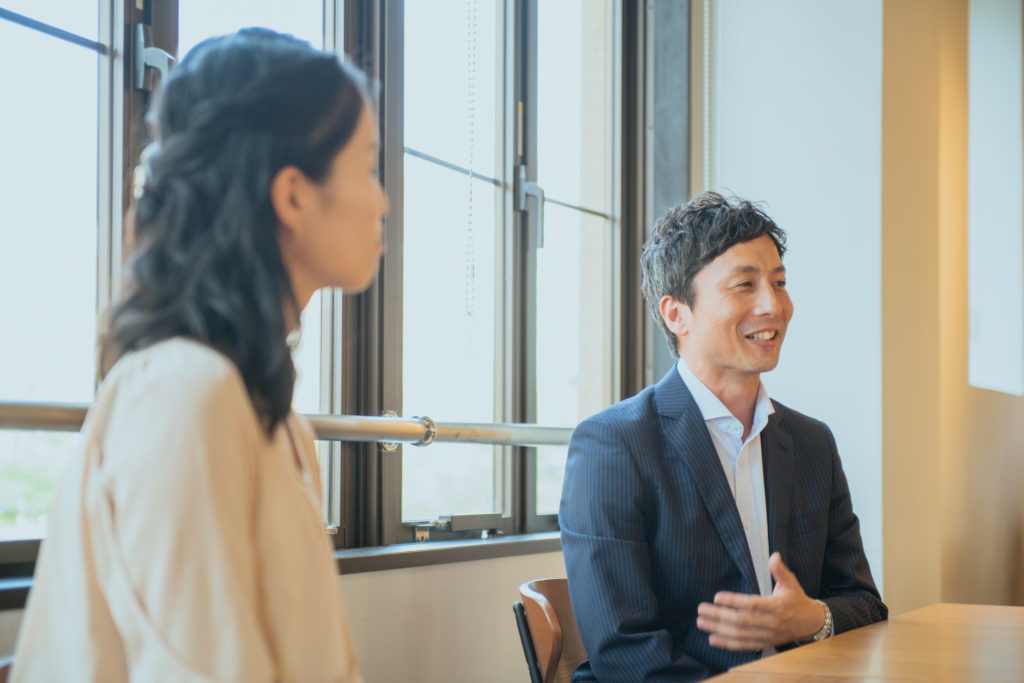
Creating opportunities for many children to think about peace
When it is time for the children to listen to the atomic bomb survivors’ stories, the Peace Buddies also step in as facilitators and encourage dialogue with the children. “After hearing that peace was being able to think for oneself and do what one wants to do, the children came to see peace as a personal matter,” says Minami.
The program includes the Peace Park Tour, a walk and tour around Peace Memorial Park, and the Peace Workshop, a group discussion/workshop on peace culture and the SDGs, facilitated by Peace Buddies. The program ends with the PCV members and the children giving their sincere thanks to each other, with many children expressing how much fun they had.
“I believe our program helps children grow by stimulating their emotions, such as their interest, excitement, and enjoyment, instead of ending the trip with a scary or gloomy impression of peace studies.”


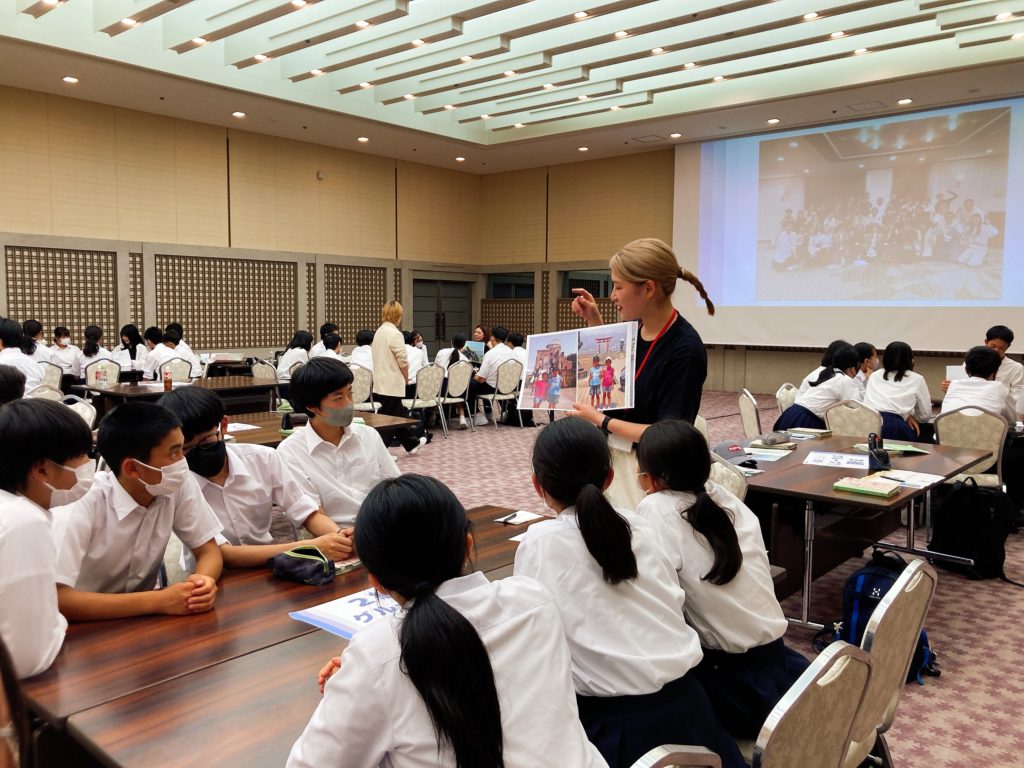
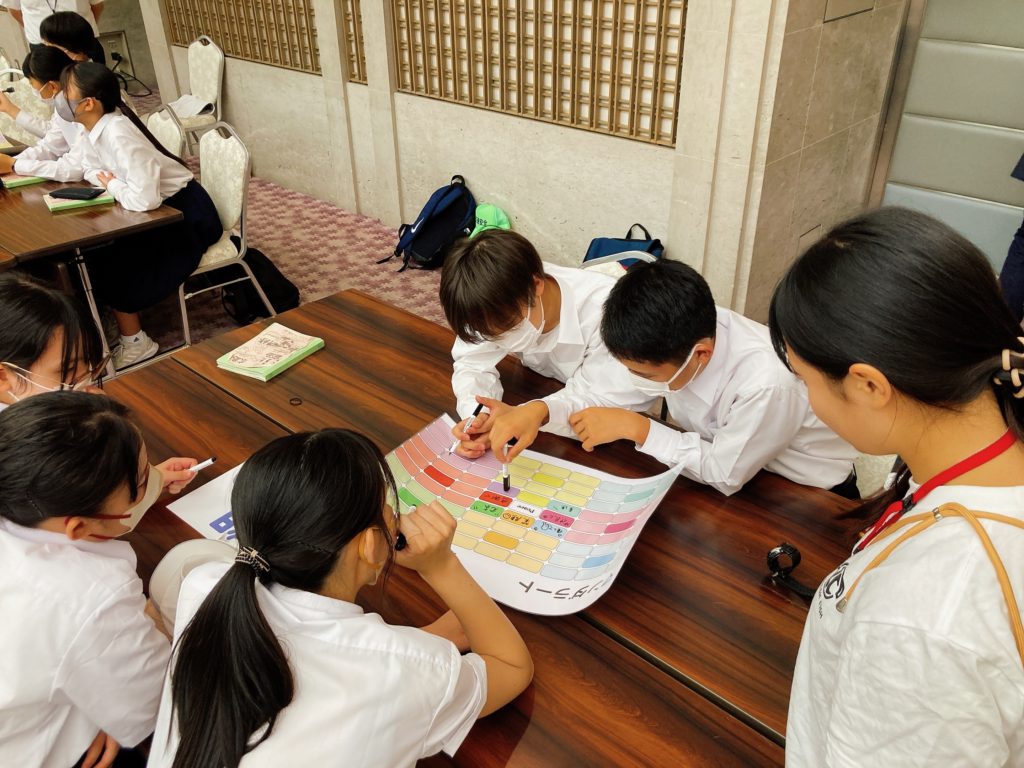
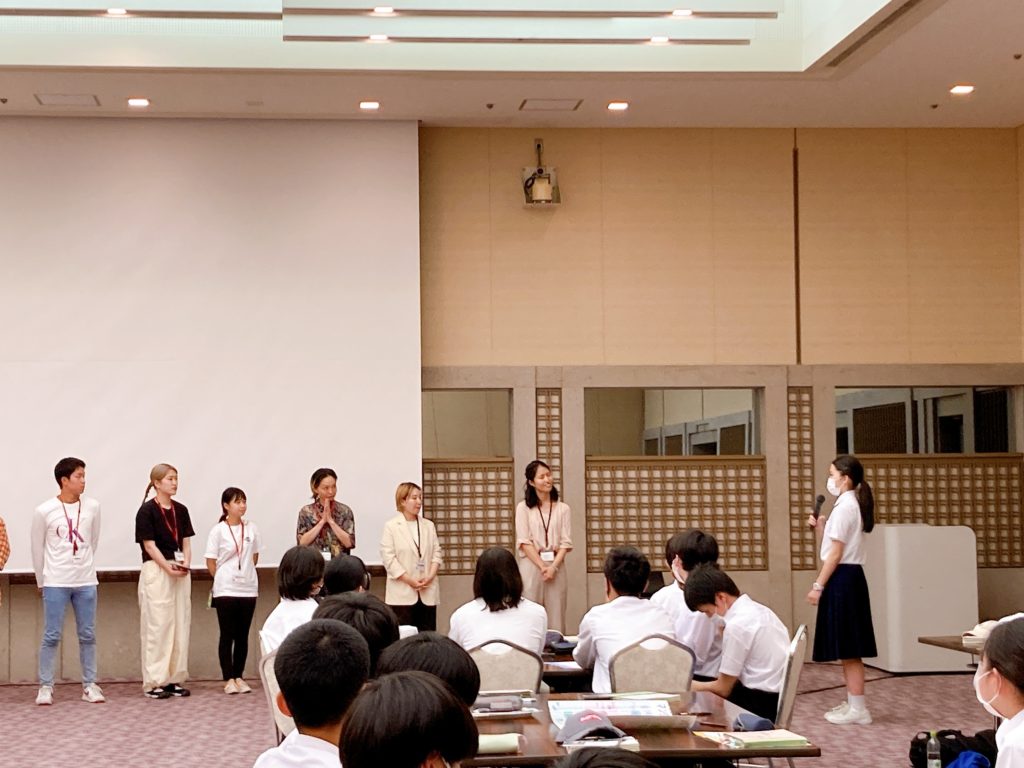
A look at the Peace Workshop. PCV members and the students of Ginan Junior High School of Ginan Town, Gifu Prefecture
One of the novelties of PCV’s peace studies is that it is a paid program. Peace education is normally free, so the program initially faced opposition from some schools. However, its nature as a paid program enabled Peace Buddies to participate as paid interns, boosting motivation and stimulating feedback and improvements in how they approach and convey their lessons to the children.
The participating schools gave the program high praise. Last year, over 17,000 students from across the country participated. The program also won the Good Design Award last year as a form of inheritance for Hiroshima and was recognized as a model for social business.
From Hiroshima to the world—with our new peace education program, we will continue to teach many children about peace as something more than just a historical fact.
Inquiries
JTB Hiroshima Branch
2F Kamiyacho Bldg., 2-2-2 Kamiyacho, Naka-ku, Hiroshima City
082-542-2711
https://branch.jtbbwt.com/j8824-0
NPO Peace Culture Village (PCV)
2-10-1 Yokogawacho, Nishi-ku, Hiroshima City
090-5370-0489
https://peaceculturevillage.org/
Tags associated with this article



